What To Do During A Chimney Fire
Every year, thousands of homes go up in flames because of a chimney fire, causing millions in damage and ruining livelihoods. Chimney fires occur when a flue has accumulated an excessive amount of creosote, often due to lack of regular maintenance or the use of unseasoned (wet) firewood. A severe creosote build-up will appear as a dark, tar-like substance coating the inside of a flue, which combusts at high temperatures and can overheat your stove, flue, and chimney.
As a wood heat user or stove owner, there are many things you can do to prevent chimney fires, but even responsible home owners can be caught off guard.
Knowing how to handle a chimney fire after it starts could save your home and your life. So the question is: What should you do?
It’s okay for a chimney to become hot when you have a fire going, but only to a point. If your chimney thermometer reads above 450ºF, you’re at risk of a chimney fire, particularly if your flue hasn’t been cleared of creosote recently. This is why having a chimney thermometer is invaluable: For just a few bucks, they can help you avert disaster well before it starts.
If you do not have a chimney thermometer, look for other tell-tale signs: A glowing red chimney pipe is an indication that, at best, your flue is too hot and at worst, that you have a chimney fire. Feeling heat emanating from the pipe can be part of a normal burn, but any change in color to the pipe is a warning sign.
One of the most common signs of a chimney fire is something that you won’t even notice from inside your home: Sparks or flames emitting from the top of the flue. In many instances, home owners discovered they have a chimney fire when a neighbor or passerby rushed to their door to warn them about what they could see outside. This is a particularly dangerous situation to be in, because those flames and sparks can easily ignite nearby portions of your home (or drift to other properties), leading to a structure fire that quickly escalates out of control.
The sound your fire makes is important as well. We all know and love the sound of a crackling fire, and sometimes an especially hot burn can make some extra noise. However, if you hear a sound like a jet engine or freight train coming from within the flue itself, that indicates that a significant amount of creosote is combusting, which means you have a chimney fire.
If you think you have a chimney fire, the worst thing you can do is sit back and hope it works itself out. Immediate action could save your home, and we recommend you do the following:
- Close your damper to shut down the airflow. Fire needs three things: Air, fuel, and heat. If you can starve the fire of oxygen, you can rapidly decrease its danger. How effective this is depends on if your stove is air-tight and how intense the chimney fire is, but regardless, less oxygen for an out-of-control fire is always a good thing.
- Use Chimfex.
A potentially good investment for any wood heat user is “Chimfex”. Chimfex is a small stick that you can ignite and toss in a firebox, where it will release a cloud of fumes that will assist in depriving the fire of oxygen. There is a risk that by opening the firebox you will temporarily allow more oxygen into the flue, but the fumes should work to quickly offset that.
Keep in mind that Chimfex is designed only to stop a chimney fire, but it will not prevent them. If you have to use Chimfex, once the fire is out you will need to contact a chimney sweep to assess the damage and help you take steps towards preventing future issues.
- Have a proper fire extinguisher ready to use at all times, preferably kept in the same room as the appliance. We recommend wood heat users have a fire extinguisher that is at least 5 lbs. with a UL rating of 3-A:40-B:C.
The heat from a chimney fire can sometimes become so great that surrounding building materials will combust, in which case a fire extinguisher may be able to save your structure or keep things at bay long enough for the fire department to show up. Every home should have a fire extinguisher ready to use, but we cannot emphasize enough how important they are in homes with wood-burning appliances.
- If you have doubts about being able to handle the situation, or the fire has reached a point where it would be dangerous for you to attempt to extinguish it yourself, call the fire department. While we cannot stress enough that you should never put yourself in harm’s way, you should understand that when firefighters arrive, the quickest way for them to deal with a fire will be to smother it with water. This will almost always cause irreparable damage to your chimney and stove, requiring expensive repairs before they can be put back into service.
Why is dousing a chimney fire with water so destructive?
Your flue is made of metal and many stoves are constructed from steel. If these surfaces have become super-heated, when colder water hits the metal it will rapidly change temperature, causing it to contract and warp. This in turn will often destroy your chimney and appliance, and the resulting water vapor could potentially burn your lungs and skin.
When it comes to masonry chimneys, raw thermo-mass is what prevents heat transfer. Basically, the thickness of a masonry chimney is what keeps the surrounding area from becoming too hot. If a masonry chimney undergoes expansion, e.g. from from a prolonged chimney fire, it can create stress points that result in hairline fractures (especially in the flue). This can also present a carbon monoxide danger as flue gases might escape through those cracks into the interior of the home.
All this to say, the rapid expansion or contraction of materials in your chimney or flue can cause a great deal of other issues that will be dangerous, expensive, and time-consuming to fix.
Knowing how to recognize a chimney fire and deal with it in the moment is invaluable, but so is knowing how to mitigate them in the first place. While having a chimney fire is all but inevitable for any wood heat user, there are a number of steps that can be taken to prevent them from being catastrophic. Chimney safety should start and end with you, the home owner.
- Proper installation. There is no one-size-fits-all approach to stove and chimney installations, but fire stops, heat shields, and a proper clearance to combustibles all play a vital role in your home’s safety. Having a good, safe installation to begin with will go a long way towards preventing disaster in the future.
- Seasoned firewood. The kind of firewood you burn is directly responsible for how quickly creosote builds up in your flue. Damp or “green” wood can produce three times more creosote than firewood that has been dried out and properly stored. Here are some tips for how to best maintain your firewood supply.
- Regular maintenance and inspections. Even if you have a great installation and burn nothing but seasoned firewood, creosote will eventually accumulate. That’s why you should look into having your flue inspected and cleaned at least once a year. There are ways to clean your chimney yourself (see our tips here), but letting a professional chimney sweep do the job will often result in a much more thorough inspection. If you live in the United States, you can easily find a chimney sweep near you via the Chimney Safety Institute of America (CSIA) website, located here.
At Obadiah’s Woodstoves, we spend a great deal of time with customers discussing their installation situation and heating needs, because safety matters to us. An improper flue selection or bad installation can result in dangerous chimney fires, and it’s important to us that nobody have to go through such a traumatizing experience. If you’re looking to upgrade your wood-heating appliance, contact Obadiah’s today and we will help you find the safest solution for your needs!
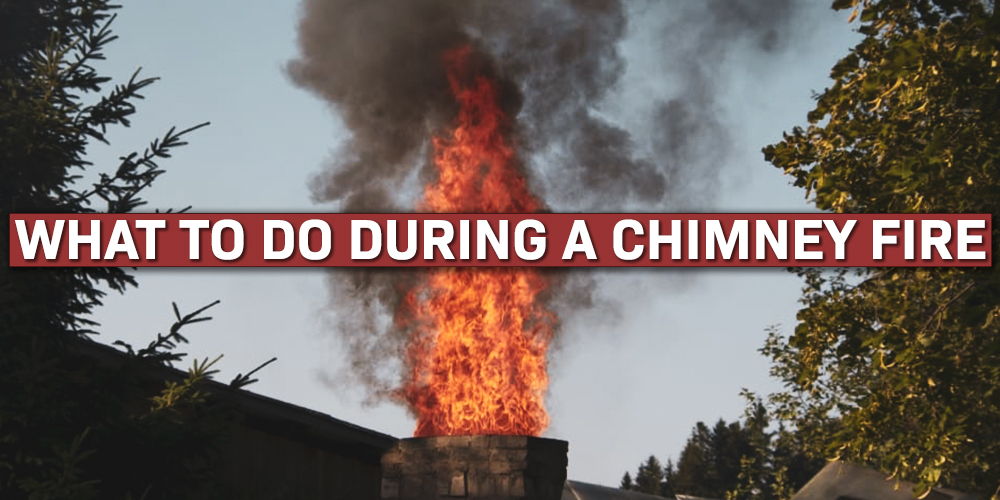
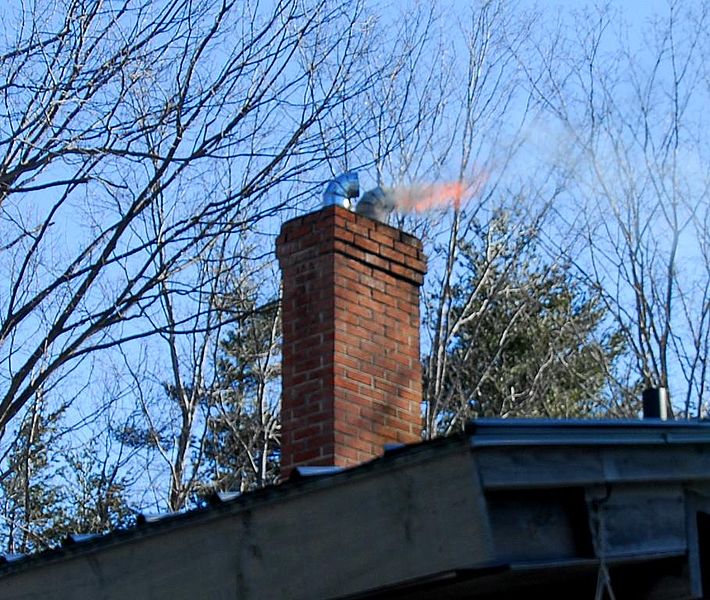
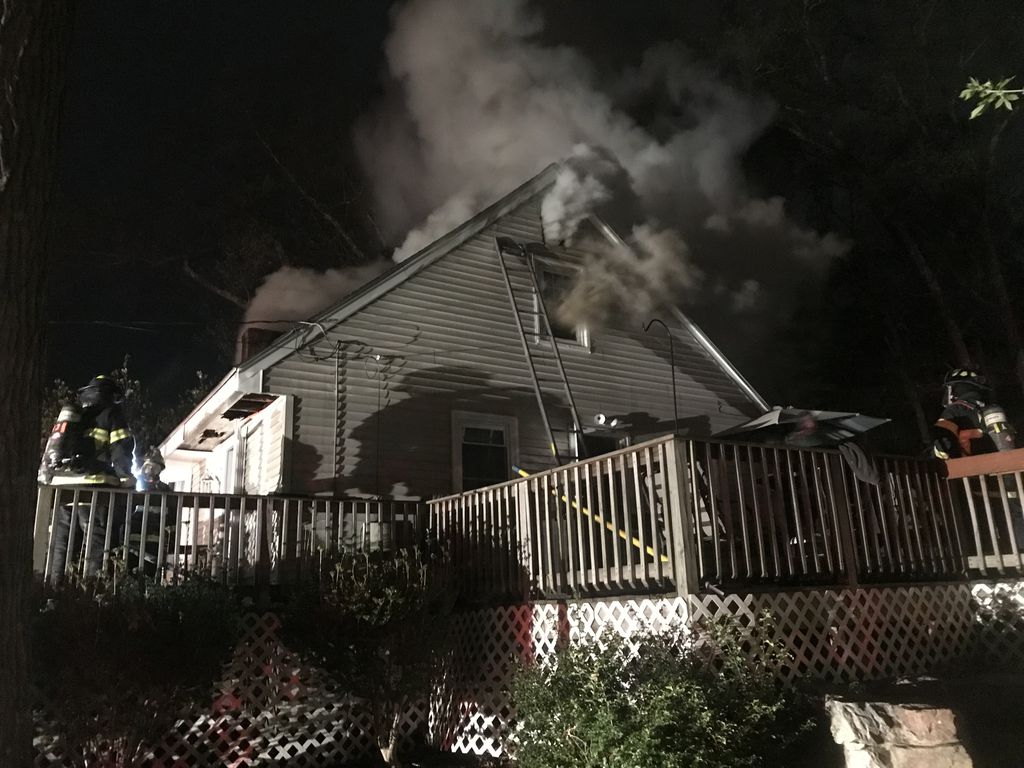
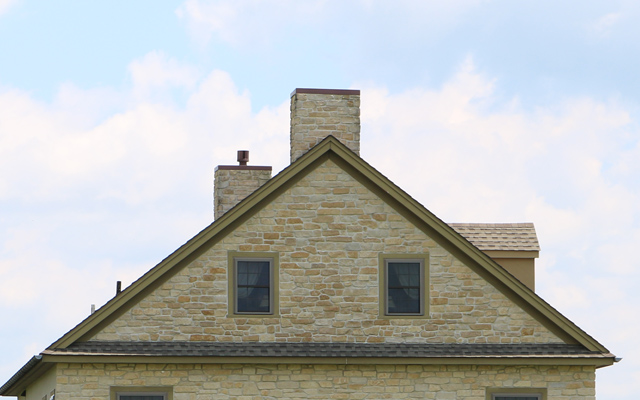
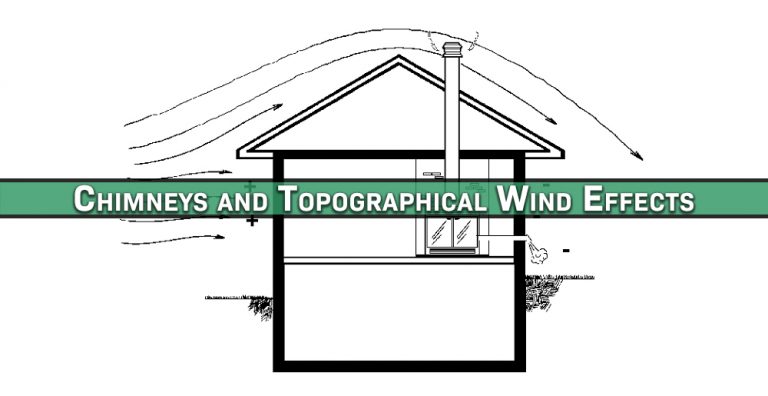
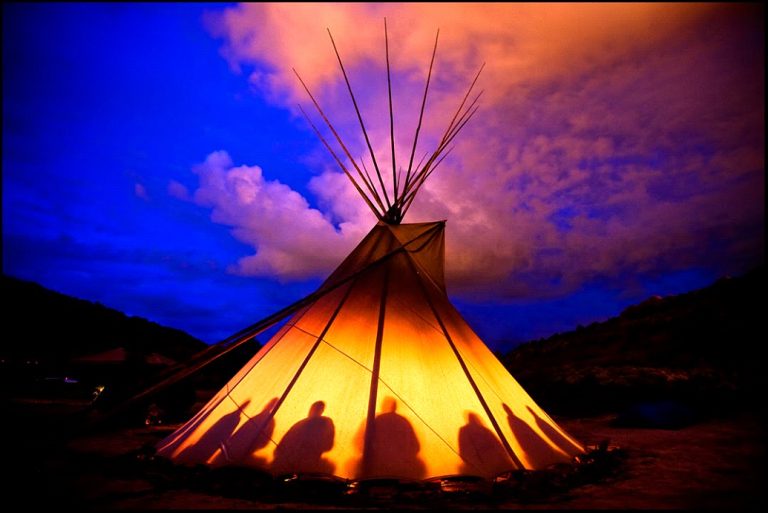
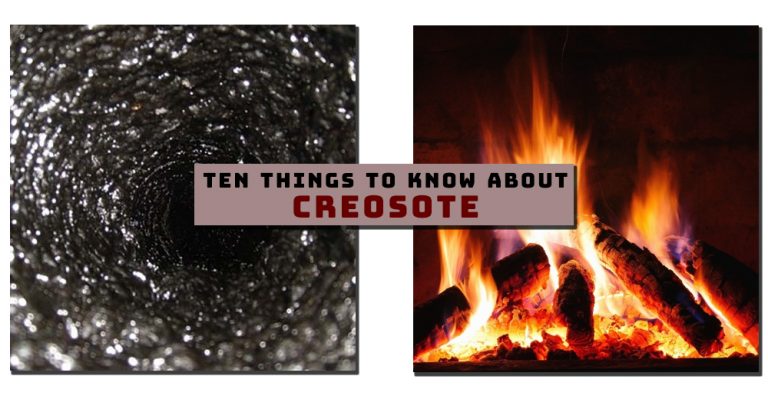

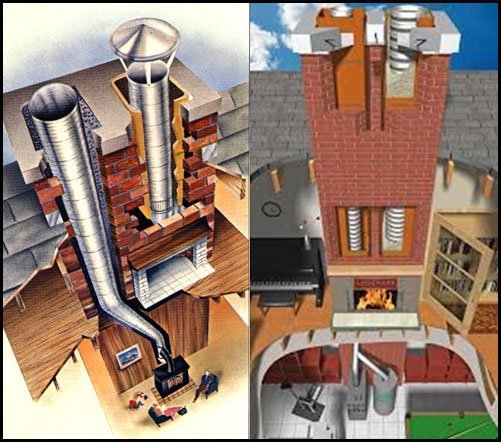
Hello Obadiah – It’s good to see your information as I did just have a roaring chimney fire !
Thanks for the Chimfex tip. I will look it up and see if I can find any. We clean our chimney at the beginning of the season (September), and again in the middle (January – February). What I can’t seem to find however, is something useful to do with all that soot and creosote that we have sitting in bags when we’re done. There’s got to be SOMETHING it’s good for.
ashes make’s trees grow great